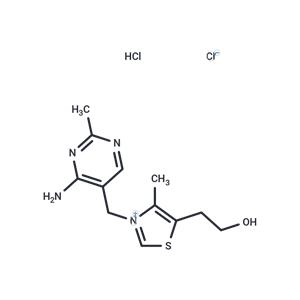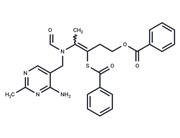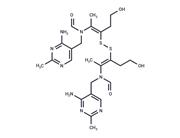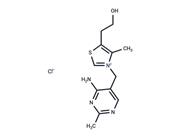Thiamine hydrochloride NEW
Get Latest Price
- Min. Order
- Purity99.63%
- Cas No67-03-8
- Supply Ability10g
- Update time2025-12-02

TargetMol Chemicals Inc.
VIP6Y
 United States
United States
Enterprise Verified
Business Bank account
Basic Contact Infomation
Business Address
Trade Company



Chemical Properties
| Product Name | Thiamine hydrochloride |
| CAS No | 67-03-8 |
| EC-No | |
| Min. Order | |
| Purity | 99.63% |
| Supply Ability | 10g |
| Release date | 2025/12/02 |



